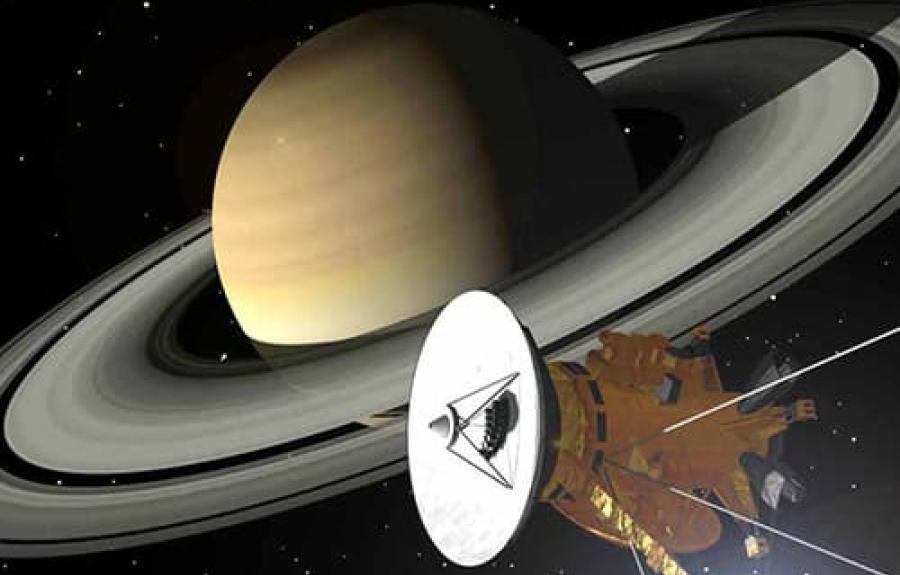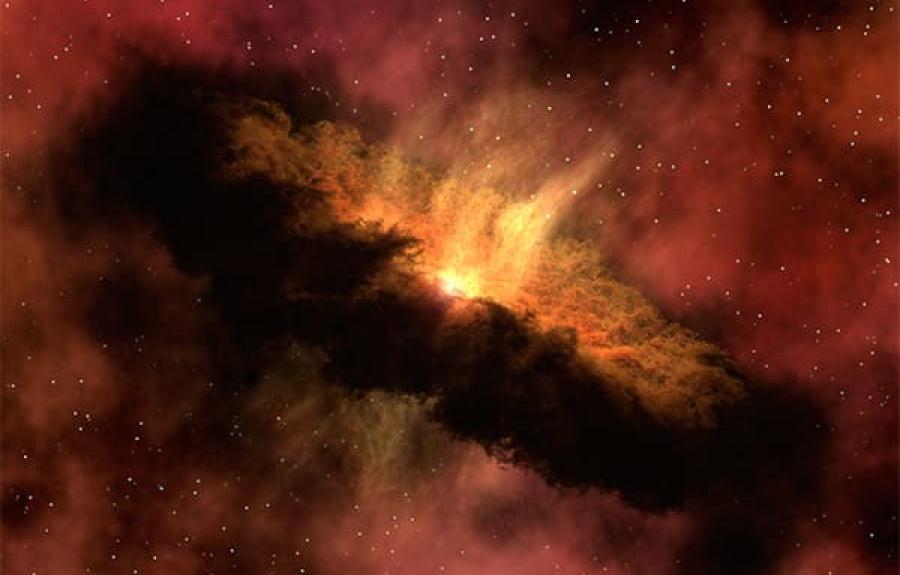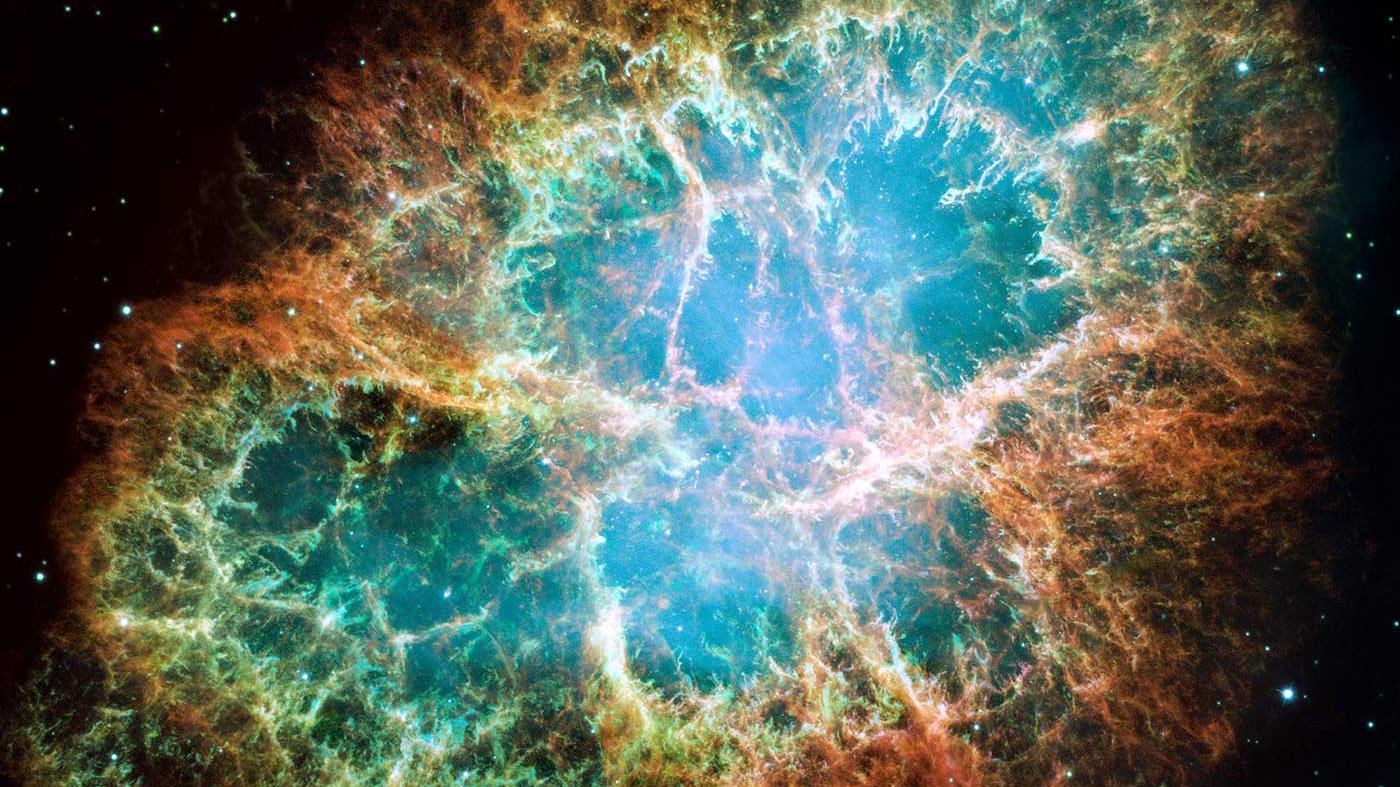Research
From the Apollo 11 moon landing to the Mars Exploration Rovers to Fast Radio Burst and gravity wave discoveries, Cornell astronomers have long been at the center of exciting astronomy. Cornell faculty have roles in almost three-quarters of active NASA missions, and are leading the construction of the Fred Young Submillimeter Telescope in Chile, while the interdisciplinary Carl Sagan Institute is actively searching for signs of life on other worlds.
Cornell Center for Astrophysics and Planetary Science
The Cornell Center for Astrophysics and Planetary Science (CCAPS) fosters cooperative research among astronomers, engineers, geologists and other researchers with specialties relevant to space sciences. Connected to the Department of Astronomy, CCAPS administers collaborative research across several Cornell departments and colleges. CCAPS was founded in 1959 as the Center for Radiophysics and Space Research, by Cornell professor Thomas Gold (1920-2004), and renamed in 2015.
Research areas

The Carl Sagan Institute
The interdisciplinary Carl Sagan Institute is actively searching for signs of life on other worlds, creating novel strategies – a “forensic toolkit” -- for discovering life from the solar system to the Galaxy. Researchers at CSI explore planets, moons and planetary systems, including how they form and evolve, and whether they can harbor life.

Featured Mission: James Webb Space Telescope
NASA’s James Webb Space Telescope — the largest and most powerful space science observatory ever built — is designed to give astronomers unprecedented insight into the mysteries of the cosmos. Webb is an international program led by NASA with its partners, ESA (European Space Agency) and the Canadian Space Agency. It is scheduled to launch this fall. Cornell University scientists are playing key roles in the mission.
Click here to learn more about the involvement of CCAPS researchers.

Missions
Cornell astronomers have been, and are, leading the direction of space exploration, including having chaired NASA’s Advisory Council and Space Science Advisory as well as panels for the Planetary Science and Astrobiology Decadal Survey 2023-2032. Cornell astronomers currently have roles in almost three-quarters of all active NASA missions.

CCAT-prime/Fred Young Submillimeter Telescope
Led by Cornell, the Cerro Chajnantor Atacama Telescope-prime (CCAT-prime) collaboration is building the Fred Young Submillimeter Telescope, capable of mapping the sky at submillimeter and millimeter wavelengths. The telescope will provide insights into “cosmic dawn” – when the first stars were born after the Big Bang – as well as how stars and galaxies form and the dark-energy-driven expansion of the universe.







